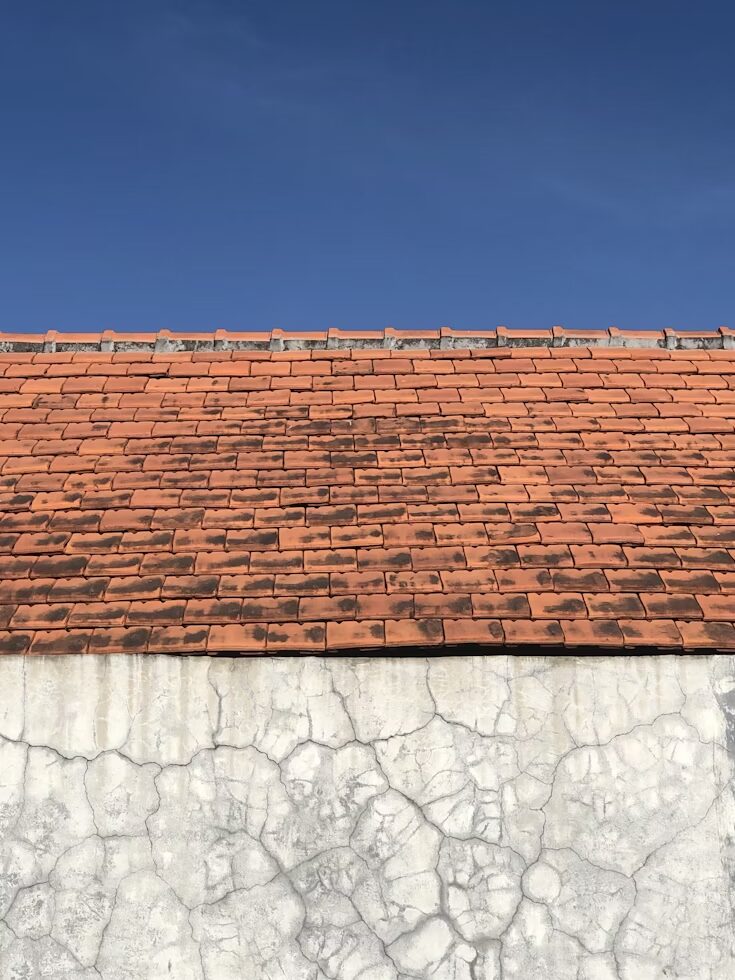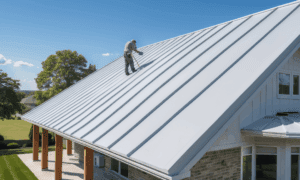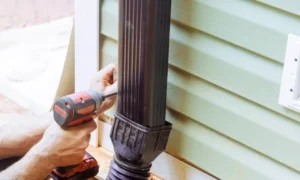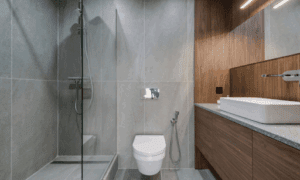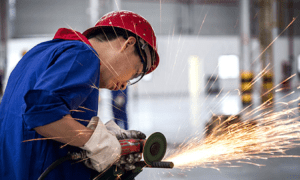Your roof often does its work without drawing attention. Shielding your home from weather, regulating temperature, and adding curb appeal, its role is constant and significant. Still, many homeowners rarely think about the condition of their roof until there’s a leak or noticeable damage. Waiting for such signs can lead to costly repairs or complete replacements. Early identification of roofing issues allows for manageable fixes and a longer roof life. Understanding how to spot concerns before they escalate will help protect your investment and preserve the safety and comfort of your home.
Why Roof Inspections Matter More Than You Think
Roofs endure temperature shifts, high winds, rain, snow, and sun exposure, all of which gradually wear down materials. Left unchecked, even minor damage can grow into larger structural issues. Routine evaluations serve as your first line of defense. A comprehensive roof inspection team knows exactly what to look for and can spot problems the untrained eye may miss. Their process usually includes examining shingles, flashing, underlayment, and the roof’s overall structure. The middle of spring or fall tends to be ideal for scheduling this kind of assessment. By making inspections a regular habit, homeowners often avoid surprises and extend the life of their roofing system.
Warning Signs Visible from the Ground
While climbing up a ladder is not always safe or recommended, there are several red flags you can detect just by walking around your property. Curling shingles, missing pieces, or shingles that appear buckled indicate trouble. Discoloration may point to moisture trapped underneath the materials, signaling a potential leak. Granules from asphalt shingles collecting in gutters or downspouts also suggest aging or deteriorating roofing materials. Any sagging areas might reflect rotting wood or compromised structural support. Regular visual checks from the ground can help you catch signs that it’s time to call in a professional.
What Happens Inside Matters, Too
The state of your attic and ceilings can be just as telling as the surface of your roof. Water stains on interior walls or ceilings often indicate leaks that have already started. A musty smell in the attic could mean trapped moisture. In colder climates, ice dams may develop and create a backup under shingles. Proper attic ventilation helps prevent this and reduces heat buildup, which can age your roof faster. If you notice daylight coming through the roof boards when you look up in the attic, it’s a sign that gaps or cracks have formed. These signals can’t be ignored, as interior symptoms often mean exterior damage has reached a more advanced stage.
Seasonal Effects and Their Influence
Different weather patterns leave behind different kinds of damage. After a heavy storm or hail, look for punctures, dents, or areas where materials have been dislodged. Strong winds might lift or completely remove shingles, exposing underlayment or roof decking. Snow and ice can place prolonged stress on a roof, particularly flat or low-sloped ones. Long, dry periods with intense sun exposure can cause cracking and brittleness in certain roofing types. The effects may not show up immediately, which is why seasonal awareness is key. After each major weather event, it’s wise to inspect or arrange for a check-up even if there is no obvious damage.
Common Issues That Go Unnoticed
Some roofing problems develop quietly and remain hidden until they cause serious damage. Faulty flashing around chimneys, vents, or skylights often goes unnoticed but is one of the most common sources of leaks. Debris accumulation in gutters can back up water onto the roof edge, softening wood and undermining shingle layers. Roof valleys, where two slopes meet, carry more water and are prone to damage. Poor installation practices or low-quality materials from a previous repair job might begin to fail years later. These subtle issues build over time and aren’t always visible without a detailed inspection. That’s why homeowners who haven’t had their roof checked in several years are often surprised when major repairs become necessary.
The Right Time to Repair or Replace
Knowing whether your roof needs a minor fix or complete replacement depends on the extent and location of the damage. Localized issues like a few missing shingles can often be patched effectively. But if you notice widespread wear, curling edges, or multiple leaks, replacement might be the more cost-effective route long term. Age is another factor; most asphalt shingle roofs last 15 to 30 years, depending on quality and climate. Once you reach the higher end of that range, signs of aging may escalate quickly. Making the choice between repair and replacement isn’t always straightforward, so getting a professional opinion helps avoid investing in the wrong solution.
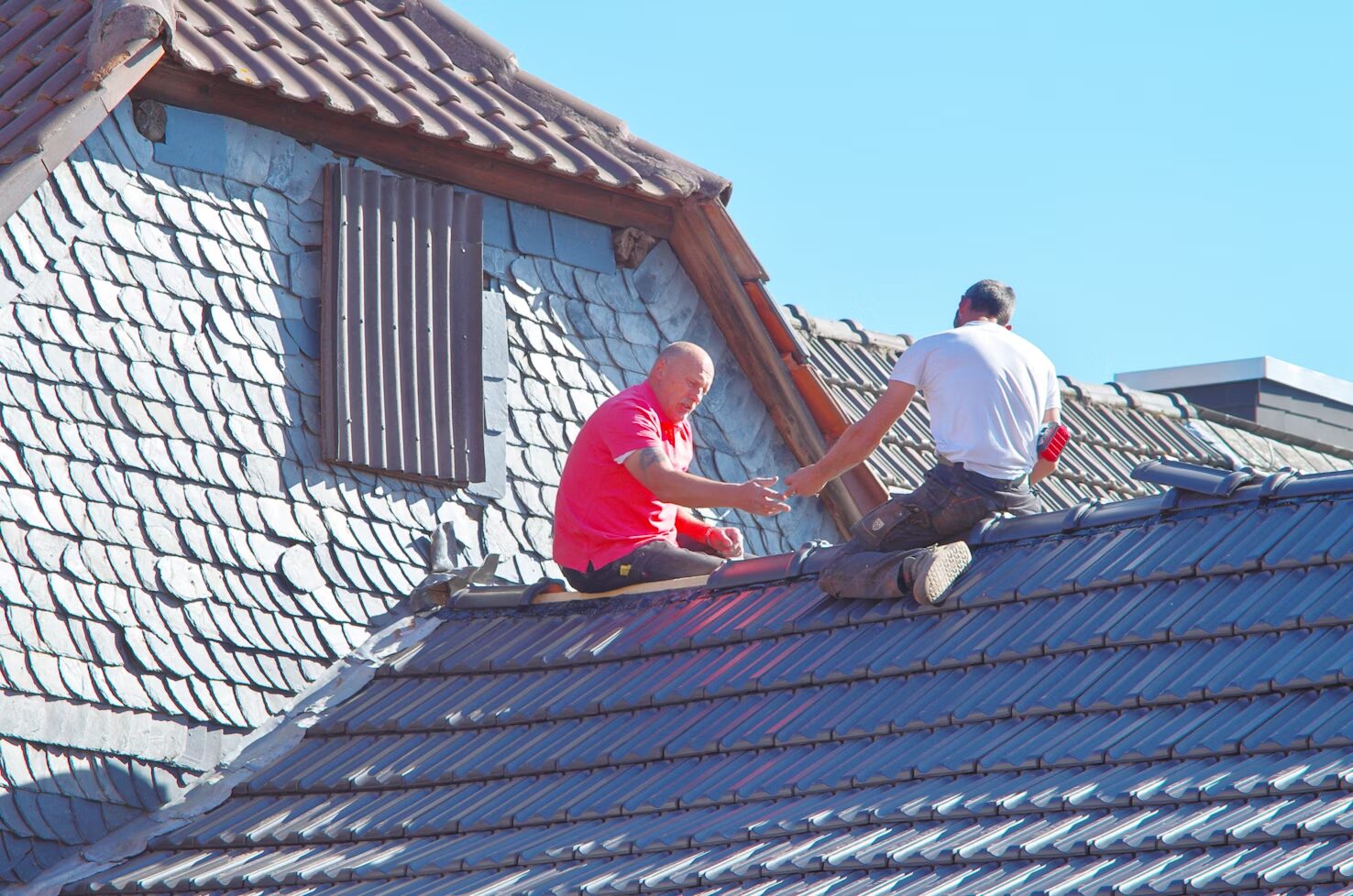
Your roof is one of the most significant components of your home’s structure, and catching problems early can prevent serious complications later. By staying aware and taking action when needed, you protect not just your roof but everything beneath it.

